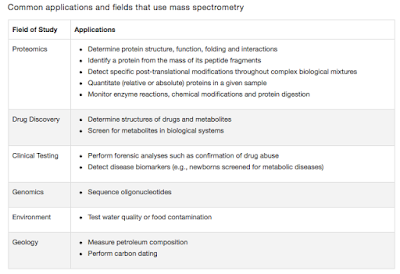BtB#6: H pylori Urease
Greetings
I perhaps have never written about Helicobacter pylori. Perhaps microbiologists working in clinical diagnostics know this as one of those rare organisms that gives an extremely rapid positive reaction for urease. Its usefulness as a protective factor for the pathogen against gastric acidity is well known. But who provides the substrate for urease production?
 |
| Photo 1: H Pylori micrograph. Source |
First, for the naive readers a quick basics. H pylori is a microaerophilic, gram negative bacterium known for its spiral shape and motile by means of four to eight sheathed flagella. Its role in gastritis and peptic ulcer disease was not appreciated until Barry Marshall and Robin Warren showed it to be the case by drinking the culture (The story is quite famous and you could read about it anywhere on the net). Studies on global prevalence has indicated multiple subtypes in a variety of geographical regions. A greater interest has been its inverse association with autoimmune conditions such as asthma. It has been shown that colonisation with certain subtypes of H pylori may have a beneficial effect.
 |
| Fig 1: Mechanism of acid acclimation by H pylori. Source |
Urease forms the main part of bacterial defence. It protects the bacteria from gastric acidity. As a matter of fact, roughly 6% of the total bacterial protein content is contributed by Urease enzyme. The importance is also highlighted by a dedicated bacterial system for storage and sequestration of Nickel which forms the cofactor for enzyme. Urease is structurally hexapolymeric consisting of the two structural subunits, UreA (26 kDa) and UreB (61 kDa) bound two nickel ions. Urease gene complex also encodes an acid-gated urea channel (UreI) and the accessory assembly proteins (UreE–H). The standard theory is that Urea and H+ diffuse into the periplasm of bacteria through porins in the outer membrane. Periplasmic acidification results in a activation of UreI (via conformational change) permitting the entry of urea into the cytoplasm, where it is rapidly hydrolysed. The ammonia rapidly diffuses into the periplasmic space, where it becomes protonated, raising the pH to about 6.1, a level consistent with survival and growth.
Coming to the question, who sources the urea? Though small quantities of urea and ammonia maybe found in the gastric region, they don't sufficiently account for the massive quantities of substrate required for neutralisation of gastric acidity. The bacteria relies on itself to make the necessary substrate. Through toxins, H pylori induces cell death in gastric linings and the released contents is used to extract arginine. This is used to obtain urea substrate via aliphatic amidase and an arginase. The whole system is controlled through a gene system which senses the environment. Making of urea and urease is shut down when the acidity levels are low thus allowing unwanted alkalisation of bacterial own proteins.
Amedei A, Codolo G, Del Prete G, de Bernard M, & D'Elios MM (2010). The effect of Helicobacter pylori on asthma and allergy. Journal of asthma and allergy, 3, 139-47 PMID: 21437048





Comments
Post a Comment